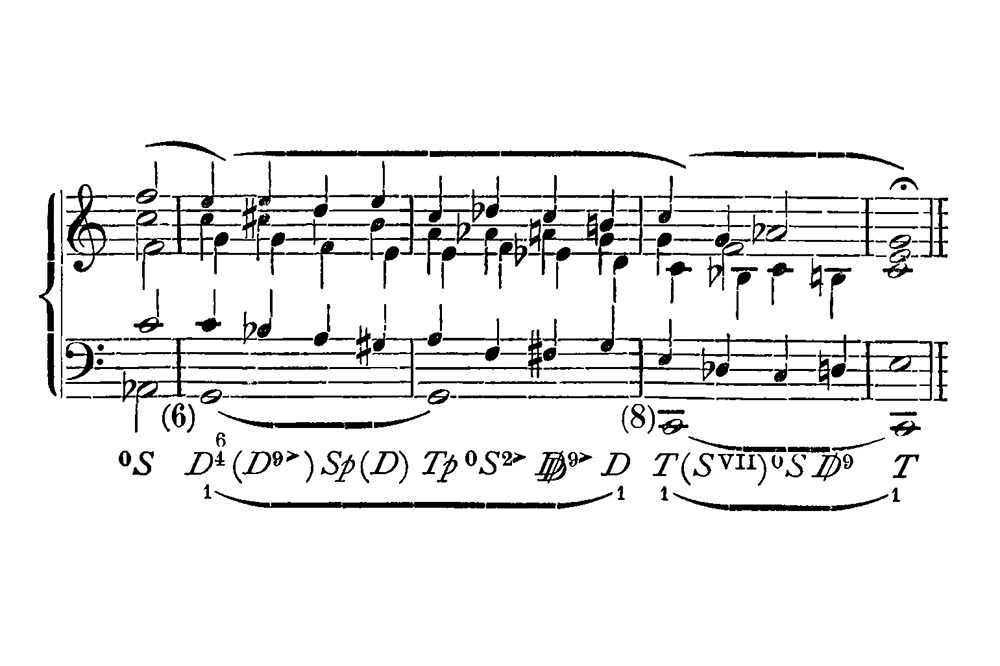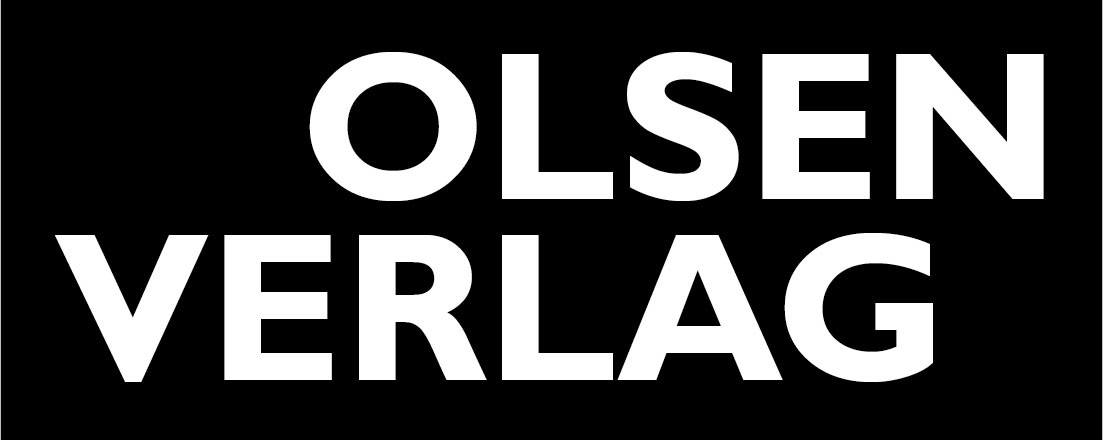
If you think the diagram above this article looks scary, you wouldn’t be the only one. Music analysis sometimes has a reputation for being complex, technical and obscure—a kind of musical wizardry.
And yet in a sense we’re doing music analysis whenever we perform a piece, look at a score, or even listen to it. In its most basic form, music analysis involves interpreting music, thinking about it, trying to make sense of it. If you find yourself asking questions about a piece of music—'why does this music work?’, or ‘why does it make me feel a certain way?’—then you are doing music analysis.
People have been analysing music for hundreds of years, and over that period, all kinds of approaches, tools and techniques have been developed in order to understand music. Some of these are purely musical, while others have been derived from all sorts of other academic subjects: some approaches to music analysis have much in common with humanities subjects, such as literary criticism, whereas others draw upon the sciences including fields such as linguistics, semiotics, cognitive psychology and maths.
You can analyse any music you like. There is no music which is ‘more analysable’ than any other, so music which is improvised can be analysed just as much as music which is written down. (If it is improvised, you might find a recording helpful.) Similarly, it’s not only Western music or ‘classical music’ which can be analysed: non-Western music, popular music, and indeed any kind of music is all capable of being analysed.
There have been some significant criticisms of music analysis, especially in the last 40 years, but news of its death has been greatly exaggerated. Today, music analysis is very much alive and well, and is an active area of academic research in universities.
I’ve been dabbling in music analysis since I first started looking at scores in detail as a teenager. There’s something thrilling about looking ‘under the bonnet’ of a piece of music you love, and trying to work out what makes it tick.
The aim of this article is to give you a very condensed introduction to the subject. But above all I want to emphasise that, even though music analysis has a long history and has created a large body of knowledge, in a sense you don’t need to know anything about that to have a go at analysing something. If listening or performing music is already analysing it, then you have already started, and can then continue to ask more questions, to probe the music further.
So what exactly is music analysis, then? A rough working definition of music analysis, I would say, could be: ‘the written interpretation of music through close reading, supported by theory.’
Let’s go through each of these in turn.
This is perhaps the most crucial word in the definition. Analysis is about interpreting music, trying to understand it, making sense of it. It involves interpreting different parts of the music, and attempting to see how those parts fit together.
Crucially, analysis is more than just making a list of observations about a piece. If you are studying A-level music, you may be familiar with the idea that analysis involves making this kind of list. You get a mark for each observation, and there’s no expectation to link those ideas together. Making observations is an important part of analysis, but we only really start analysing when we start piecing those observations together in order to make sense of the music.
Just like a formal letter or an opinion piece for a newspaper, music analysis is a genre of writing. There is no fixed way to write analysis, but there are certain conventions.
So what is that genre? By the time you leave school, you’ve probably read a formal letter and an opinion piece, but it’s less likely that you’ve read any music analysis. There are a huge variety of approaches which analysts have taken, but much of this is academic literature which is not familiar to those outside universities. To give you an idea of just how different ways of writing music analysis can be, consider these two sentences, which I’ve taken more or less at random from literature I have to hand.
First, this is a sentence from Donald Francis Tovey’s analysis of Beethoven’s Symphony No. 1 in C major, which Tovey wrote in 1935:
The finale begins with a Haydnesque joke; the violins letting out a scale as a cat from a bag.
Now look at this sentence from Brian Alegant’s analysis of Schoenberg’s Piano Concerto, op. 42, written in 2001:
4-3[0134], 4-1[0123], and 4-18[0147] occupy the piano’s high, medium, and low registers, while 4-11[0135], 4-z15[0146], and 4-1[0123] are heard in the strings.
Both use language to interpret music, but very different language: Tovey uses a vivid metaphor, which is easily comprehensible, whereas Alegant uses a lot of numbers and symbols which, unless you are familiar with the analytical method he is using (namely, pitch class set theory), won’t make any sense.
The point I want to make is that both these are valid ways of writing music analysis. Tovey’s isn’t worse because it is easily comprehensible, and Alegant’s isn’t worse because it is more technical: they are achieving different things, using different tools, and indeed their two approaches aren’t incompatible. Tovey was writing some time ago, and his analyses were aimed at non-academic readers, but many more recent musicologists, such as Joseph Kerman, have been admirers of Tovey.
You could argue that analysis does not have to be written in the sense that a presentation or video could be music analysis. Perhaps even another piece of music could be written to analyse another. Indeed, there have been many such ‘non-verbal’ analyses, such as Hans Keller’s wordless analyses, or the analytical graphs of Heinrich Schenker. I would say, though, that all these still have the character of writing in the broad sense that they are inscribed for the purpose of communication. In other words, analysis is not just thinking nebulously about music: a crucial element is that you then make some decisions and commit to an interpretation of some kind. I would even say that performing is a form of analysis, and that the performance is the point at which you ‘write’ your interpretation.
As mentioned earlier, any music can be analysed: written or improvised, in any genre. Music analysis, though, is not just analysis of a genre or style in general: it is always focused on this particular bit of music here. That could be a particular work, in the sense we use that term in Western classical music, but it could also be a particular recording of an improvisation. If I am analysing Art Tatum’s 1953 recording of ‘Tea for Two’, I am not analysing his 1933 or 1939 recordings: I am concerned specifically to understand the 1953 recording. If I make field recordings, I would analyse the recording I made on Thursday, and not the one from Wednesday or Friday.
Just as analysis is focused on one particular bit of music, it must also look at that music closely. It is not very effective analysis to say that a piece is ‘happy music’: analysis requires going into detail, examining the music rigorously and thoroughly. What exactly do you mean by ‘happy’? Does this apply throughout the music, or is there any fluctuation of happiness levels in the music? These are questions I would ask.
Again, the way you might do close reading will depend on what materials you have at your disposal. A Mahler symphony can be analysed in great detail by looking at the score; if you are analysing a jazz improvisation, you might first need to make a transcription. Similarly, if you are analysing music for film, television or video games, you might be relying solely on what you can hear.
If you are studying music in North America, you might be more familiar with the idea of music theory than music analysis. I have not discussed theory so far, because I believe that music analysis should start with the music, rather than a theoretical framework. When I want to analyse some music, I first want to listen to it and think about it, maybe look at a score or play it myself.
That said, it is almost impossible for music analysis to be done without reference to any kind of theory. Music theory is, very broadly, a shared system of concepts which underpin musical practice, and I cannot think of a music which has no music theory of any kind lying behind it. So ignoring theory entirely would be a bit like trying to analyse a poem without considering the shared system of concepts underlying the poem, which would probably amount to ignoring all meaning.
There are, of course, many different theoretical frameworks for understanding music. Much music analysis has involved developing new theories of music: Hugo Riemann, for example, who wrote the analysis at the top of this article, developed a new theory of harmonic function in the late nineteenth century which was fundamentally different from the Roman numeral system codified by Jean-Philippe Rameau in the eighteenth century. More recently, James Hepokoski and Warren Darcy wrote their book Elements of Sonata Theory (2006) because they believed that they had come up with a more sophisticated theory of sonata form than had hitherto existed.
The point is that at some point, even the most committed advocate of ad hoc, bottom-up music analysis will need to make use of theory. Analysis and theory have a symbiotic relationship, although some analyses will rely more heavily on theory than others.
If you’re looking for one book to read about music analysis, I recommend Nicholas Cook’s A Guide to Musical Analysis (1987). Although it’s 35 years old now, and analysis has developed a great deal since, it still provides a very practical, hands-on introduction to getting started with music analysis.
Another book I’d recommend is Deborah Stein’s Engaging Music (2004). This is a set of short analytical essays by some very distinguished music analysts, aimed at undergraduates. They are not necessarily easy to read, but they have less technical concepts and jargon than you might find in other academic publications.
I also aim to write more articles about music analysis on the Olsen Verlag website. If you’ve found this useful, and would like to see more, please get in touch: I’d be glad to hear from you. Are there any topics you’d like me to address?
Dr James Olsen is College Teaching Associate in music at St Catharine’s College, University of Cambridge, and is the Widening Participation and Outreach Officer at the Society for Music Analysis.
